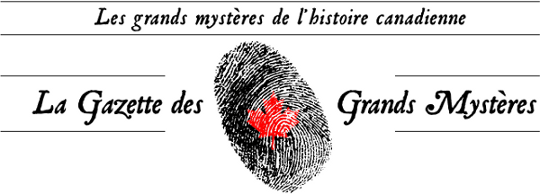Contact Us: admin@canadianmysteries.ca
Great Unsolved Mysteries in Canadian History:
News for Educators
|
|
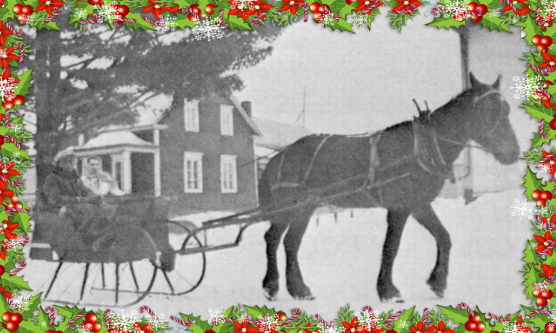
From the mystery Aurore! The Mystery of the martyred child. Souvenir album for the 100th anniversary of the parish of Sainte-Philomène de Fortierville, 1882-1982. Happy holidays. Welcome to the latest edition of the GUMICH Gazette, a thrice-yearly newsletter to help keep educators up to date on news and tips for teaching with historical mysteries. We now offer thirteen mystery websites, along with many learning materials for teaching Canadian history! Don’t miss the award-winning Great Unsolved Mysteries in Canadian History (GUMICH) project, based at the University of Victoria, and follow us on social media. 

Classroom Poster – The Massacre of the “Black” Donnellys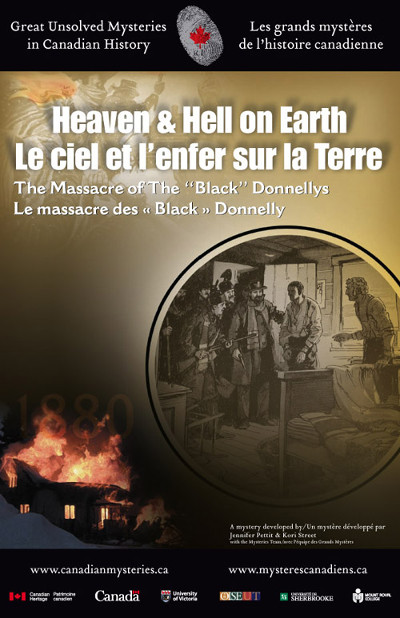
This poster was produced for Heaven & Hell on Earth: The Massacre of the “Black” Donnellys. It’s just one in a set of unique classroom posters that illustrate each of the mysteries featured on the GUMICH website. You can download free copies of all of our posters. See all of the posters here, where you can print them for your classroom. Franklin Expedition Learning Materials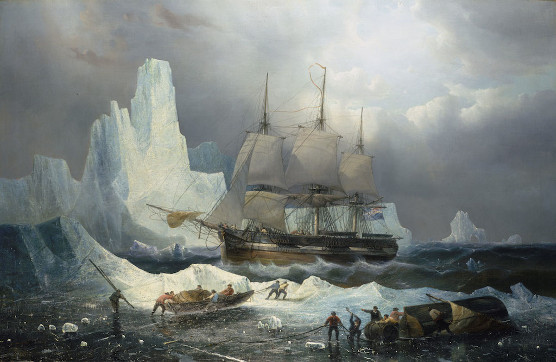
HMS "Erebus" in Ice (1846) (François Etienne Musin, National Maritime Museum). One of the mystery websites we’ve developed is The Franklin Mystery: Life and Death in the Arctic. For both students and the public, this site makes accessible one of the largest collections of original documents, maps, and images ever assembled about this expedition. We also provide many different learning materials designed to draw students into Canadian history, critical thinking and archival research. For the Franklin Mystery, the materials include five MysteryQuests for a variety of age groups, a series of twelve videos for educators, a classroom poster, and a teachers’ guide. Entitled Inuit & Explorers in the Search for Franklin: ‘Exhibiting’ Voices from the Past, this guide is a teaching unit for senior secondary/undergraduate students. 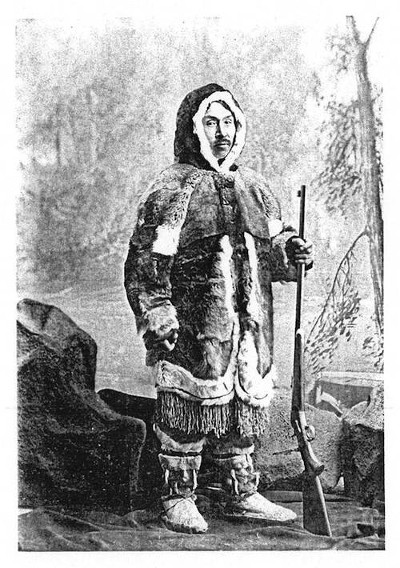
Ebierbing (Ipirvik) (Charles F. Hall, 1879). The teachers' guide includes a wide range of teacher support, including background materials, activity sheets and detailed lesson plans. Some suggestions are relevant for college and university classes. To access all of the teachers' guides for the Great Unsolved Mysteries in Canadian History, register here. When we send you your username and password, use that to login at the same page, and you will see the list of teachers' guides for each of the mysteries on our site. MysteryQuest Teaching Tool – Navigation in the Viking Era
Plotting the Course, MysteryQuest 28, is a critical challenge for students aged 11-14. This online quest about navigation and mapping, developed by The Critical Thinking Consortium, provides everything you need for your class. How did the Vikings plot their route to North America? Viking explorers like Leif Eriksson and his son Bjarni found a lush land that they named Vinland the Good because of its abundance of grapevines. But how did they get there? What route did they take? And how did they find their way home again? In MysteryQuest 28, students will piece together clues about the opportunities and challenges of travel in order to plot on a map a reasonable route for travelling from Norway to Vinland — one which would have been suitable for Norse explorers to use. The website Where is Vinland? provides students with archaeological, historical, climatic and environmental clues about Vinland needed to do the quest. MysteryQuest Teaching Tool – Tom Thomson Case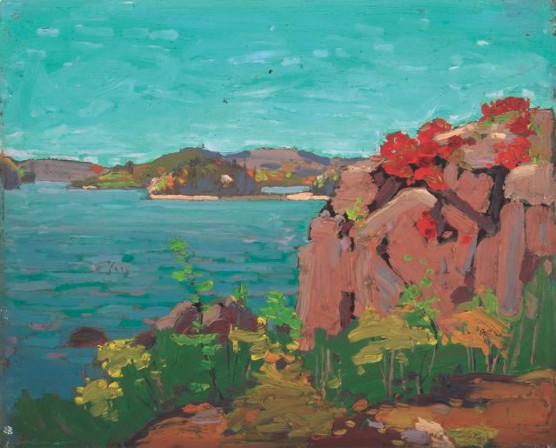
Spring Lake by Tom Thomson (Tom Thomson Art Gallery Permanent Collection). In 1917, artist Tom Thomson died under suspicious circumstances in a lake in Ontario. Historian Dr. Gregory Klages conducted extensive research about the mysterious death. Working with our team, he created the website Death on a Painted Lake: The Tom Thomson Tragedy. MysteryQuest 35 asks students to investigate: Should the case be re-opened? In this critical thinking challenge designed for ages 11-14, students will focus on one of the three main theories about Thomson’s death - murder, suicide or accident. Students will select a theory to explore, decide on the relevance of facts, and test their theory with primary evidence. Support materials include activity sheets, primary and secondary sources, and an evaluation rubric. 
Featured Source from The Massacre of the “Black” DonnellysCharles Hutchinson on the Salvation Army vs. Donnellys. From Charles Hutchinson Letter Book 1885-6. p. 689-90. From the mystery Heaven & Hell on Earth: The Massacre of the “Black” Donnellys. In 1880 the Donnelly farm in Ontario was burned to the ground and five members of this Irish family were murdered. No one was ever found guilty of the crimes despite considerable evidence. Check out this interesting letter written in 1886, six years after the massacre. 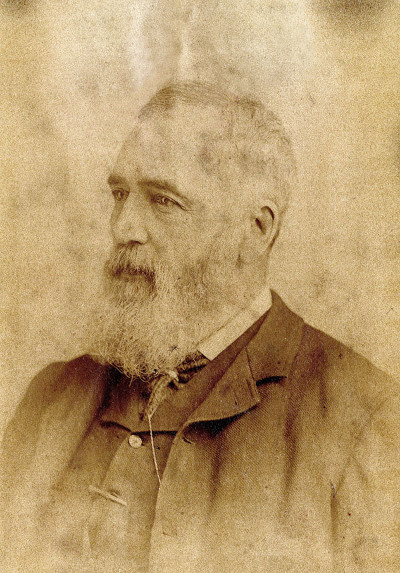
Charles Hutchinson, (University of Western Ontario Archives). The letter was written by Charles Hutchinson, the Crown Attorney and Clerk of the Peace who oversaw various trials related to the Donnellys. In this letter he addresses problems between the Salvation Army and “a party of roughs” led by one of the Donnellys who survived the massacre. Charles Hutchinson Letter Book 1885-6 p. 689-90 June 26 1886 E F B Johnston Esq, I enclose a letter from Miss Emma Rees Captn of the S.A. [Salvation Army] at Glencoe. It refers to the last of a series of outrages more or less abominable, which have been committed by a party of roughs at Glencoe headed by the notorious Bob Donnelly, who one might almost properly say ‘unhappily' escaped the massacre of the family in Biddulph some few years ago. He & his brother Tom who was slain with the others, were the cause of all the trouble there, which terminated in that terrible tragedy. [...] Unfortunately for Glencoe, Bob & his brother William, who also escaped, finding Biddulph too hot for them, settled in that hithero quiet village & for some time lived there quietly without attracting much attention. But the S.A. invaded the locality, & this proved too much for the restless spirit of Bob Donnelly. [...] They could obtain no protection in Glencoe. It was just as it used to be in Lucan. Well disposed people were afraid to interfere & the roughs had it all their own way. [...] The boys were fined by Mr Hannah & paid their fines with funds mysteriously provided & again in the same way. They were again punished, & this time the event was followed by the burning of the S.A. barracks, which was undoubtedly the act of an incendiary. [...] Donnely & his lieutenant ryan (also a Biddulph man) & some others pleaded guilty, but others contested the matter, & a struggle extending over many days ensued, resulting, as I have said, in convictions & fines. Featured Image from Angélique & the Burning of MontrealOne of the websites developed by our project is Torture & the Truth: Angélique & the Burning of Montreal. When Montreal caught fire in April 1734, suspicion fell on a Black slave called Marie Angélique. But did she really start the fire? Our researchers collected photos, paintings and drawings related to this story and the life and times of Angélique. To help illustrate the history of slavery, they included this image of the slave market in Charleston, South Carolina. During the Trans-Atlantic Slave Trade, the area was a major port of entry for enslaved Africans. 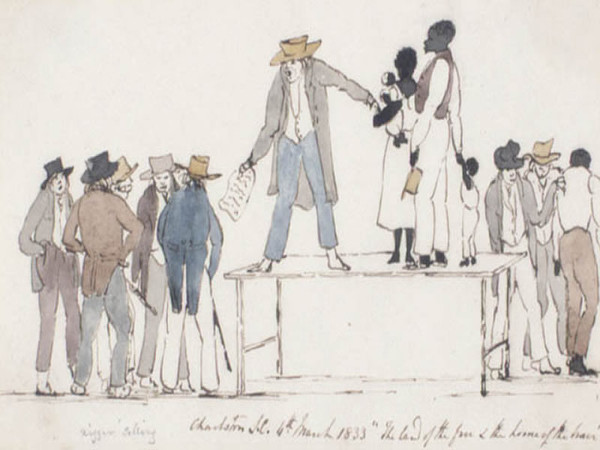
Slave Market, Charleston, South Carolina The many images in our online archives are ideal for student projects. We provide a number of lesson plans related to the story of Angélique, slavery and New France. Partner News — Parks CanadaThe Franklin Expedition A new exhibition at the Canadian Museum of History –March to September 2018 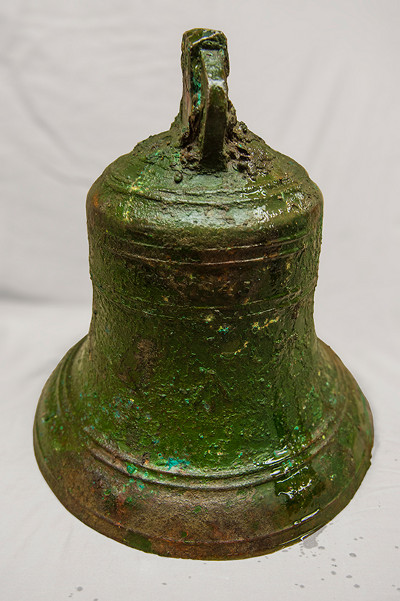
The ship’s bell of HMS Erebus aboard the Canadian Coast Guard Ship Sir Wilfrid Laurier. (Parks Canada / Thierry Boyer). In 1845, Sir John Franklin led a British search for the Northwest Passage. Two years later, when the expedition had not returned, a desperate search began. It took more than a decade to establish the main facts: that all 129 crew members were dead, and their ships lost. How and why it happened, however, remain a mystery to this day. 
Plate from HMS Erebus with “Whampoa” pattern. (Parks Canada). In this new exhibition, iconic artifacts recovered in the decades following the Expedition’s disappearance are combined with more recent finds made by Parks Canada and the Government of Nunavut — including the discovery of the Expedition’s two ships, HMS Erebus and Terror. In addition to a number of artifacts from the National Maritime Museum, Government of Nunavut and the Canadian Museum of History, this exhibition in Gatineau will also feature 27 of the artifacts recovered from HMS Erebus, including 4 that have not been seen by the public yet! 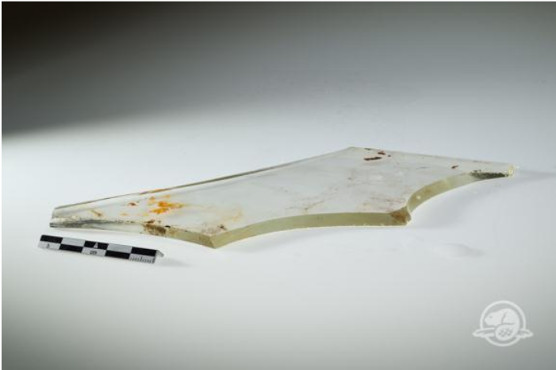
A glass fragment recovered from HMS Erebus, probably from the stern windows of Sir John Franklin’s cabin (rear of the ship). (Parks Canada / Thierry Boyer). The exhibitions consists of 8 distinct zones. Visitors will step into the world of 19th century European exploration of the Arctic and see the conditions aboard the Expedition’s vessels — from the voyage’s confident beginnings to its tragic end. They will also discover the critical role played by Inuit in revealing the Expedition’s end and discovery of the two ships through artifacts and oral histories — crucial pieces in a story that continues to capture our imagination, more than a century and a half later. 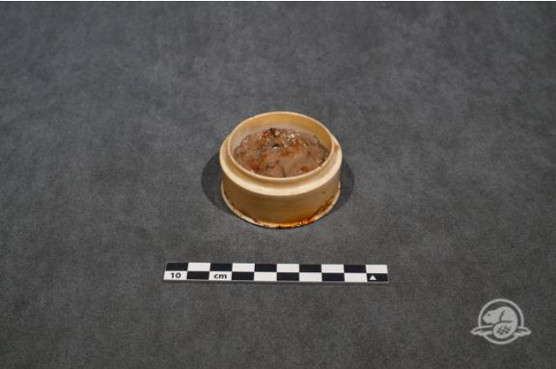
Top view of the ointment pot showing its contents. (Parks Canada / Charles Dagneau). The exhibition was developed by the Canadian Museum of History (Gatineau, Canada), in partnership with Parks Canada Agency and with the National Maritime Museum (London, United Kingdom), and in collaboration with the Government of Nunavut and the Inuit Heritage Trust. It will open to the public at the Canadian Museum of History from March 2 to September 30, 2018. |
|

